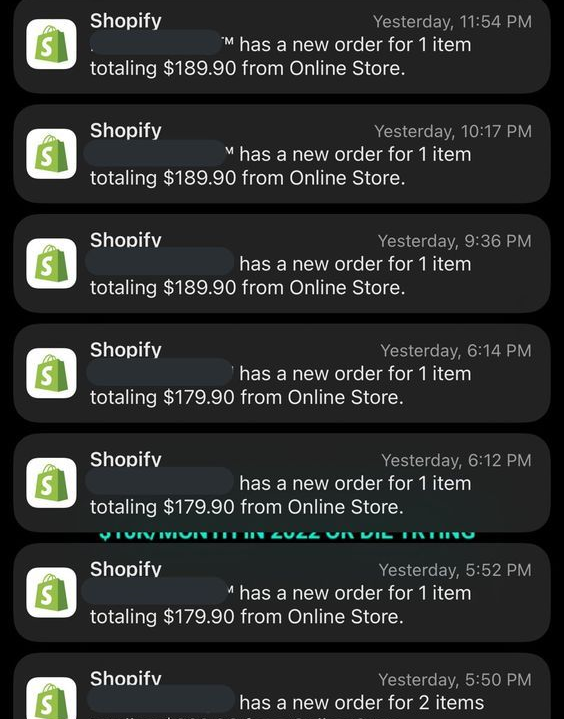
What is Digital Dropshipping?
What is Digital Dropshipping?
Digital Dropshipping is a business model where entrepreneurs sell digital products without owning or storing inventory. Instead of creating or managing the products themselves, they act as intermediaries between customers and third-party suppliers or creators who fulfill orders. The products are delivered digitally, eliminating the need for physical storage or shipping logistics.
Examples of digital products for dropshipping include:
- E-books and audiobooks.
- Online courses and templates.
- Software and apps.
- Graphic design assets (icons, logos, stock photos).
- Printables (calendars, planners, worksheets).
How Does Digital Dropshipping Work?
- Product Sourcing: The seller partners with suppliers or creators who provide ready-to-sell digital products.
- Online Store Setup: A storefront is created using platforms like Shopify, WooCommerce, or Etsy.
- Marketing: Customers are attracted via social media, ads, or SEO strategies.
- Order Fulfillment: When a customer purchases a product, the supplier delivers it digitally (e.g., via email or download link).
- Profit: The seller earns the difference between the customer’s payment and the supplier’s cost.
Advantages of Digital Dropshipping
Advantages of Digital Dropshipping
- Low Startup Costs: No inventory or shipping costs.
- Scalability: Digital products can be sold to unlimited customers without increasing fulfillment costs.
- Automation: Many processes, such as product delivery and order management, can be automated.
- Flexibility: Operate from anywhere with an internet connection.
Challenges of Digital Dropshipping
Challenges of Digital Dropshipping
- Competition: The model is highly popular, making differentiation essential.
- Product Quality: Ensuring reliable suppliers and high-quality products is critical.
- Marketing Costs: Driving traffic to your store often requires investment in ads or SEO.
- Limited Customization: Many suppliers offer generic products, which can limit branding opportunities.

Effective Strategies for Digital Dropshipping Success
1. Choose a Profitable Niche
- Focus on a specific audience or problem to solve.
- Examples of niches:
- Personal Development: E-books or courses on productivity.
- Creative Tools: Design templates for Canva or Photoshop.
- Education: Printables like lesson plans or study guides.
- Use tools like Google Trends or SEMrush to identify trending niches.
2. Partner with Reliable Suppliers
- Key Traits to Look For:
- High-quality products.
- Automated delivery systems.
- Transparent pricing and licensing agreements.
- Popular platforms for sourcing digital products:
- Creative Market and Envato for design assets.
- PLR (Private Label Rights) sites for e-books and courses.
3. Build a Professional Online Store
- Use platforms like Shopify, WooCommerce, or Wix to create a storefront.
- Key Features to Include:
- Secure payment gateways.
- Mobile-friendly design.
- Instant download or delivery options.
4. Optimize for Search Engines (SEO)
- Target keywords relevant to your niche (e.g., “printable planners” or “resume templates”).
- Write detailed product descriptions with keywords.
- Use blogging to drive organic traffic by providing helpful content.
5. Leverage Social Media Marketing
- Platforms like Instagram, Pinterest, and TikTok are ideal for promoting digital products.
- Use visually appealing posts, reels, or videos to showcase your products.
- Partner with influencers or content creators to expand reach.
6. Utilize Paid Advertising
- Run ads on Google, Facebook, or Pinterest to target specific demographics.
- Test ad creatives and optimize campaigns for the best ROI.
- Use retargeting ads to bring back customers who didn’t complete their purchase.
7. Offer Personalization and Customization
- Allow customers to customize templates or products (e.g., adding their name or logo).
- Tools like Canva integration or editable files can make this easy.
8. Focus on Branding
- Create a unique brand identity with a memorable name, logo, and color scheme.
- Use storytelling to connect with your audience and explain how your products solve their problems.
9. Automate and Streamline Operations
- Use apps like Zapier or Shopify Apps to automate order processing and delivery.
- Platforms like Gumroad or SendOwl can handle digital product delivery seamlessly.
10. Collect and Use Customer Feedback
- Encourage reviews and testimonials to build trust.
- Use feedback to improve your product offerings or add new features.
11. Upsell and Cross-Sell
- Recommend related products at checkout (e.g., sell a course with a matching e-book).
- Offer bundles or discounts for multiple purchases.
12. Stay Updated with Trends
- Monitor changes in your niche, such as new tools or customer preferences.
- Adapt your product offerings to match emerging trends.
Mistakes to Avoid in Digital Dropshipping
- Ignoring Product Quality: Poor-quality products can harm your reputation.
- Overpricing: Keep prices competitive while maintaining healthy profit margins.
- Neglecting Customer Support: Provide prompt and helpful support to build trust.
- Not Differentiating: Avoid selling generic products by focusing on branding and unique offerings.
Conclusion
Digital Dropshipping is a low-risk, scalable e-commerce model ideal for beginners and experienced entrepreneurs alike. Success depends on choosing the right niche, partnering with reliable suppliers, and implementing effective marketing strategies. By focusing on quality, automation, and customer experience, you can build a profitable digital dropshipping business with long-term potential.